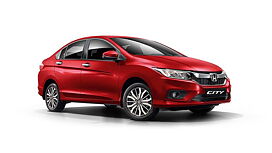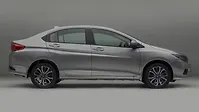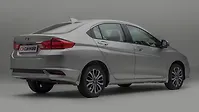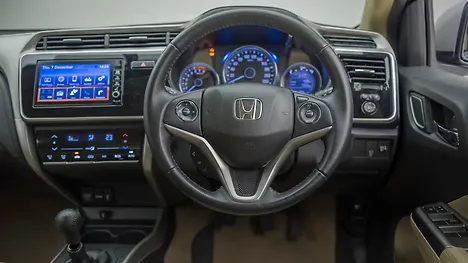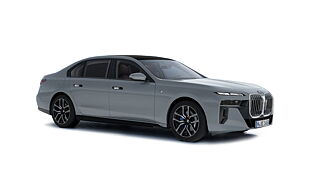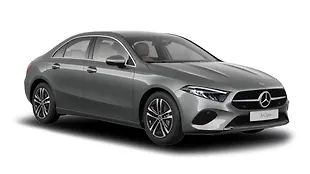Introduction
It was late 1997 and it had been just five years since the Indian market had opened the doors of its economy to the world wholeheartedly. One of the first things to come in were cars and Honda was working hard to bring the ideal car for India along with their flagship, the Accord. At that time, it had been less than three years since they built their first market-specific car, the Honda City Type Z for Thailand. Was it too soon to bring it to India as well?

Forward 20 years later to 2017 and we are glad that Honda didn’t think twice then and brought the first City to the country in late 1997. For that time period, this was a luxury car wrapped in a budget and the rest is history. I am lucky to own one of the first-generation VTECs and have had the pleasure of driving each and every generation of the City till now. So, I will try my best to not write a fanboy story, but in case I end up doing that, you now know why.
The Type 1 OHC
The first-generation Honda City is fondly known as the OHC or the Type 1 in India. When power and handling and economy sat at the two ends of a rope, Honda looped the rope to bring them together. With its low-slung stance and typical three-box sedan looks, it turned heads like no one else. Add the luxuries of a power steering, all-four power windows, AC, rear armrest and even a reading light in the back, the Honda City was pure opulence.

The City started with the 1.3-litre and the 1.5-litre Hyper 16 petrol engines. But the real gem came in the year 2000 when they launched the first VTEC in the country. The 106bhp variable valve timing engine was much ahead of time and with its rev-happy nature, crisp handling and oodles of power, it eventually became a cult car and has participated in every kind of motorsport in the country at the hands of most of India’s racing stalwarts.
My 2003 VTEC was one of the last cars ever sold in India and after 15 years in the saline Mumbai weather, it still runs strong with over a hundred thousand miles on it. Being my first car, it has gone through a lot of punishment and the way the engine still breathes fire is a testimony to its bulletproof build.
Type 2 'Dolphin'
It was December 2003 when Honda introduced an entirely new Honda City that soon got the Dolphin nickname. It was starkly opposite to the Type 1. It was taller and softer. It had much better sense of space inside and had the new i-DSI petrol engine. The new dual-spark engine was as economical and refined as ever, the hallmark of Honda engines, but with just 77bhp to work with, it lacked the sting of the OHC.

Its height, space and soft suspension made it the perfect family car that everyone loved, but for enthusiasts like us, it had lost its mojo – handling. Honda read between the lines of the sales charts and soon we got the legendary 1.5-litre VTEC in the City along with the ZX badge. It had clear lens headlamps, a better tail lamp cluster and in 2007, it also got ABS as a part of the 10th Anniversary update. Despite the lack of love in retrospection, the City ZX sold more units than the Type 1 with the majority of the buyers loving its comfortable and economical ways.
The Arrow Shot Type 3
2008 saw the All-new Honda City coming in and this time again, the change was radical. The Arrow-shot styling was an instant hit. But the real star was the all-new 1.5-litre i-VTEC engine that developed 117bhp of power and Honda had got back its mojo. Because this City was the closest you could ever get to the OHC – gem of an engine and sublime handling. May be a decade from now, the kids will go on about this City like we do when someone mentions the OHC.

The Honda City once again became the status symbol for the emerging Indian middle-class that had earned its buying power with the boost in the IT sector and the overall economy. Also, it was the first City to offer a sunroof along with all its bells and whistles. It was also the first C-Segment sedan to get paddle shifters as standard on an automatic, something that even the BMWs and Audis refused to offer at that time.
It was 2011 when the Honda City received its midlife update and a price correction to fit in the new market trend. With diesel being subsidised, the disparity in the fuel prices took a major toll on the petrol only Honda City. But then, brand City held steadfast and was the highest sold petrol sedan in the country for a long time.
Fourth Generation
By now, Honda had realised the importance of a diesel mill and they developed the 1.5-litre 100bhp Earth Dreams diesel engine. The fourth-gen City was launched in 2014 with the beloved 1.5-litre i-VTEC and the new 1.5-litre i-DTEC engines. Also, market trends dictated that the City be stretched for more space in the back and more ground clearance. The changes made it a winner for the masses but the fanboys in us were left wanting for the soul of the City that was defined by the Type 1. The Honda City has today become the car I would buy for my father or for my wife and in most cases, it will ultimately become my choice.

It is 2017 and the Honda City has received its mid-life update already. It has got more features than ever and is still the benchmark for any C-segment sedan that is built in/for India. The fifth generation of the Honda City should ideally be slated for 2020 which means the engineers in India and Japan would have already started working on it. So, if you are hearing us gentlemen, drive the Type 1 before you get on to the drawing tables and may be the magic of the City will reappear and wow us again.

